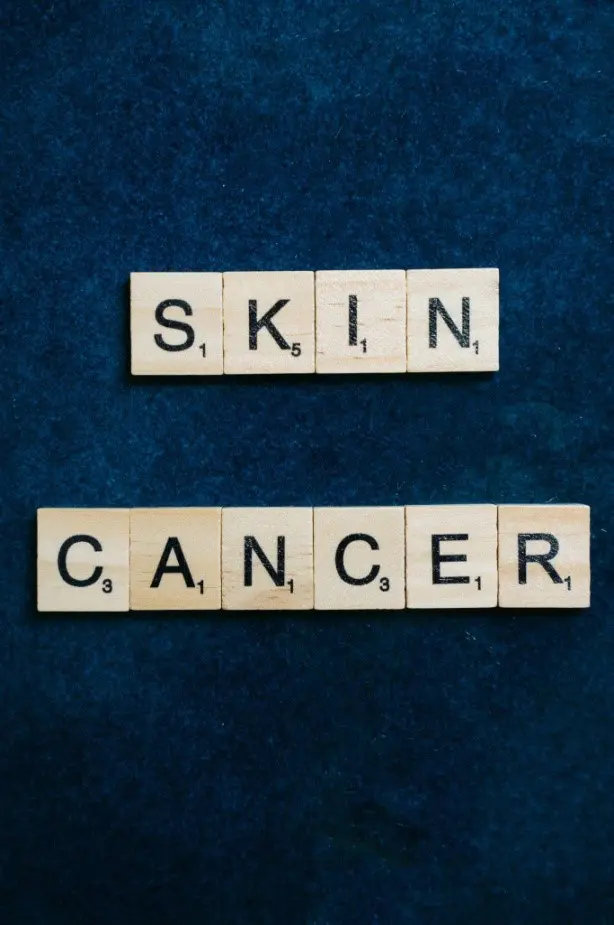
Skin cancer is termed as the abnormal growth of the cells of the skin; this usually happens because of extra exposure to the ultraviolet rays of the sun.
The body parts that are mostly uncovered are at a higher risk of this type of cancer, although the covered areas can be affected too; for instance, the genital area or the palms, etc.
Whether the person is dark-pigmented or light-pigmented, they can be subject to this type of cancer.
In America, the most common type of cancer occurs in the skin; more than 76,000 melanoma cases are reported yearly, and around 5.4 million squamous and basal cell skin cancers are diagnosed yearly.
The Most Common Forms of Skin Cancer
Skin cancer is susceptible to many forms, but three of the most common ones are mentioned below.
1. Basal Cell Carcinoma
This type of cancer originates in the outer layer of the skin. They generally appear as waxy bumps. They are in the color of flesh or may appear like a brown lesion similar to a scar.
2. Squamous Cell Carcinoma
This type of cancer also occurs in the outer layer of the skin and is formed in the squamous cells. A flat lesion usually indicates the signs of this type of carcinoma with a crusty and scaly surface and a red nodule.
3. Melanoma
Melanoma constitutes a small percentage of skin cancers, but it is considered to be the most deadly one. You can observe the following symptoms of melanoma:
- It appears as a large brown spot that has dark speckles on it.
- It can occur as a mole that can change its feel, size, or color, or it can also bleed.
- It can also appear as a small lesion with red, bluish-black, or white sections and abnormal bordering.
- You can notice dark lesions on your toes, soles, fingertips, and palms. The lesion can also appear on the mucous membrane present in the lining of your nose, anus, or vagina.
Ways to Reduce the Risk of Skin Cancer
To battle the risk of skin cancer, there are some things that you can take care of; this would help in reducing the risk of skin cancer. We are mentioning a couple of ways that can help you reduce the risk of skin cancer.
1. Be Consistent About Your Sunblock
Many people tend to ignore the sunblock altogether, while some ditch it on a cloudy day. You need to understand that sunblock is very important to battle skin cancer. Even when it is a cloudy day, the UC rays have the potential to penetrate the clouds pretty easily and hence cause damage to your skin.
If you are swimming or exercising, you should be careful about reapplying the sunscreen after a regular interval of twenty minutes. If you do not like reapplying the sunscreen repeatedly, you can opt for a water-resistant, broad-spectrum sunscreen that can offer you UVA and UVB protection.
It is important to reapply the sunscreen when the UV rays are at their strongest, particularly between 11 am and 2 pm.
2. Do Not Opt for Tanning Beds
You would be surprised to know that the radiation from the tanning beds is even stronger than the sun’s radiation. Due to the radiation, mutations can occur in the skin cells. Once the mutation occurs, the cells rapidly grow into tumors that can be cancerous.
The damaged epidermis causes wrinkles and also causes the skin to become thin.
3. Ensure Safety When Going in the Sun
You need to ensure your safety when you are out in the sun. Do not be fooled by the cloudy days, and gear up properly. You must protect your skin from sun exposure if the UX index is three or more. Here are a few things that you can do for your safety.
- Make sure that you stay in the shade.
- Wear full-sleeved shirts and ensure that you are covering your legs too.
- Pop up a hat that has a wide brim; this will protect your ears, head, face, and neck.
- Use sunglasses that block out UVA and UVB rays.
- As mentioned before, do not forget your broad-spectrum sunscreen.
4. Do Not Go for Sunbathing
You may have applied tons of sunscreen, but directly exposing your skin to the sun is not a good idea; this can have bad consequences. The ultraviolet rays of the skin are really dangerous to the DNA of the skin cells.
So, if you plan to sunbathe, it is better for your health to skip this.
5. Get Checked Annually
Many people tend to ignore this completely, but it is really important to do so. Get yourself checked on an annual basis. You can immediately get checked when you notice that your skin is going through changes. If you spot a pimple that is not healing or a mole that seems suspicious, do get it checked out. The problem with skin cancer is that it may look harmless but still can be quite dangerous.
So, make sure that you get checked on an annual basis; this can be quite a good thing for your skin.
Who is a Higher Risk for Skin Cancer?
Anyone can potentially get this cancer, but some pose a higher risk than others; this is because of the following:
- People who have skin cancer in their family history.
- People who are heavily exposed to the UX rays.
- People who have a weak immune system.
- People who have moles that are prevalent.
- People who live in high-altitude or sunny climates.
- People who have had many sunburns in the past.
- People who have lighter skin.
SunCoast Skin Solutions Dermatology offices are located in Tampa / Hillsborough, St. Pete / Pinellas County, Brandon, Lutz, Winter Haven, Largo, Hudson, Leesburg, Riverview, Brooksville, Clearwater, Ocala, Palm Harbor, Daytona Beach, Sarasota, Punta Gorda, Seminole, Florida. Contact us at 1-844-786-3376 or click here.

Recent Comments